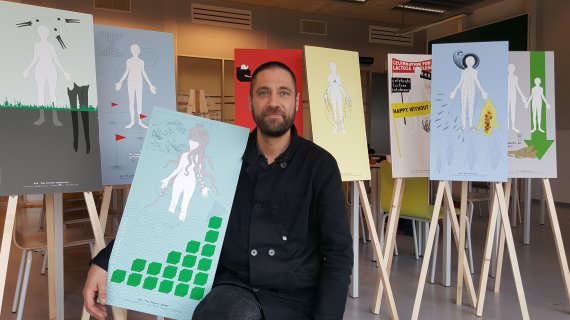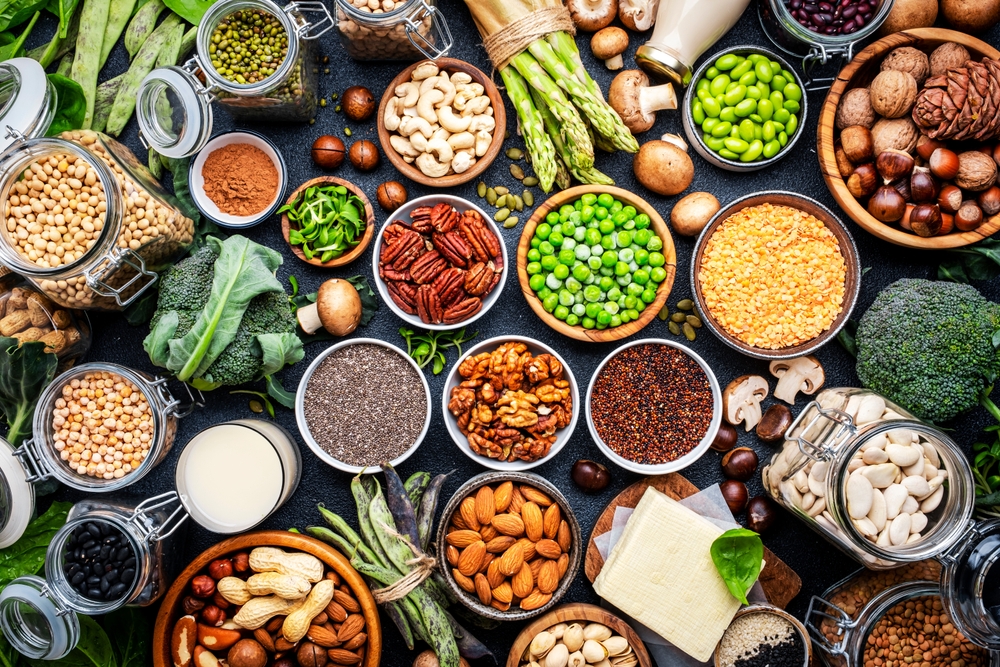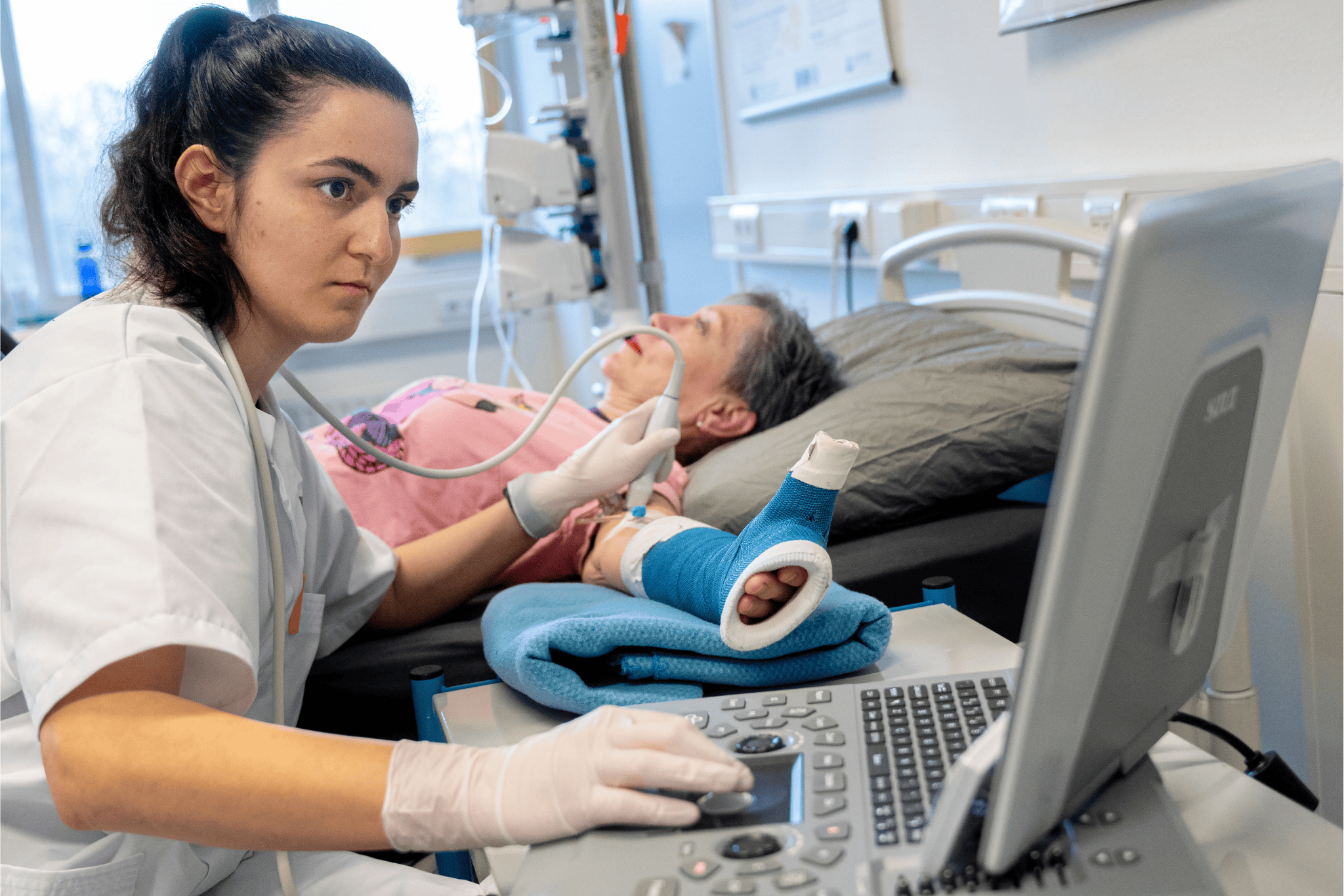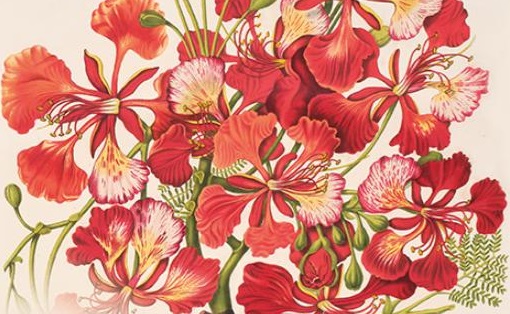Text: Anja Janssen
‘I am an artistic researcher,’ Hendriks introduced himself. ‘That means that I employ artistic rather than scientific methods for my research. I take an artist’s liberty in studying things.’ Hendriks doesn’t make sculptures or paintings, but rather: ‘stories, ideas, presentations, conversations, interactions and, hopefully, inspiration. Sometimes, all I do is create room for others to shine or meet each other.’
Characters
In his address, Hendriks introduced eight characters, which he also refers to as shamans, that he came up with to record, study and understand the stories about the protein transition. The “oceanic farmer”, for example, farms in water and cultivates algae and seaweed, while the “chicketarian” believes a visit to Kentucky Fried Chicken can save the world. With “The Incredible Shrinking Man”, Hendriks circles back to a project with the same name that he started a decade ago. ‘This is a linchpin in my work. The Shrinking Man’s point of departure is that we, as humans, should shrink so that our needs diminish, allowing us to live in a more balanced relationship with our planet.’
He provides new insights and ideas, coaxing scientists to leave their cocoon
Gijs Kleter, Wageningen Food Safety Research
The speech was a rollercoaster of ideas, stories and images. For example, a picture of a Rod Stewart concert on Copacabana Beach in 1994, attended by 3.5 to 4 million people, a number equal to entire world population in the year 1000 B.C., when farming first originated.
Different view
This historical perspective is valuable to Gijs Kleter of Wageningen Food Safety Research. He is involved in the safety of novel foods and GMOs. ‘It is important to know our origin.’ Kleter is happy that Hendriks is included in the protein transition programme. ‘It helps us to adopt a completely different view. That provides new insights and ideas. Scientists leave their cocoon.’
Wageningen Food & Biobased Research nutrition researcher Diederik van Esser wondered what the purpose of this all was at the start of the lecture. ‘But gradually, you surrender and ideas pop up. I can see Hendriks playing a part in setting the agenda on protein transition. He gets people talking.’
Gradually, you surrender and ideas pop up
Diederik Esser, Wageningen Food & Biobased Research
Henriks is on Wageningen Campus two days per week for a year and a half since September 2019. After his first half-year of conversations and meetings with scientists he feels ‘extremely welcome’. ‘When doing research nowadays, there is relatively little room to depart from your linear course, in spite of scientists generally being very creative people. I try to generate a creative space for them to step into and collaborate.’
Hendriks’ presence as an artist in residence within the protein transition programme is funded by WUR and Stichting DOEN (the DOEN foundation). The realisation of Stichting DOEN’s contribution was made possible through negotiation by the University Fund Wageningen.

 Arne Hendriks. Photo Tessa Louwerens
Arne Hendriks. Photo Tessa Louwerens 

